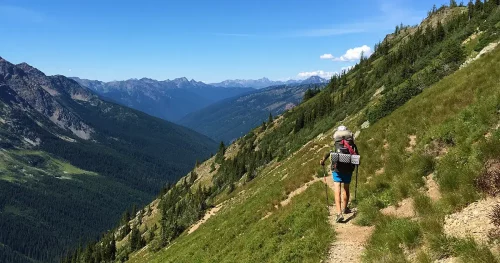The Pacific Crest Trail (PCT) is one of the most incredible trails, and it’s on many hikers’ bucket lists. A rewarding challenge, completing the PCT can be an amazing experience. The question is: how long does it take to hike the Pacific Crest Trail?
What route should you take, and what do you need to know to prepare? We’ll answer those questions and give you some safety tips, too.
Table of Contents
How Long Does It Take to Hike the Pacific Crest Trail?
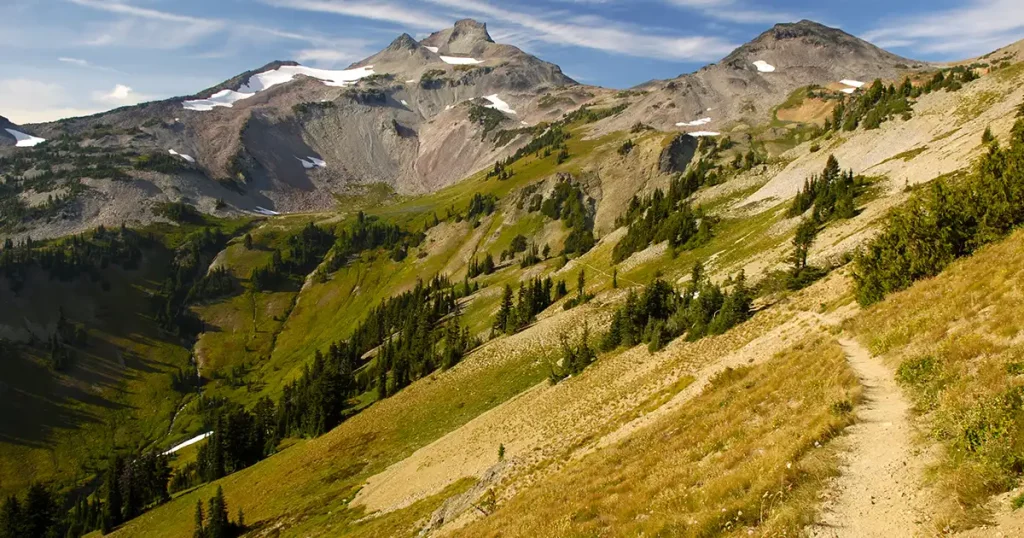
The Pacific Crest Trail is 2,663 miles (4,285 kilometers) long, taking about 6 months on average to complete. It’s in the top 10 longest trails in the US (in case you’re interested, the American Discovery Trail, at 6,800+ miles, is the longest). It’s considered to be one of the most beautiful trails you can tackle.
Around 700-800 people attempt the PCT every year, and about 60% of those people make it all the way through.
It’s not the hardest trail. The actual trail itself isn’t too challenging: the main obstacles will be keeping your strength up (both physically and mentally) and avoiding bad weather.
What Route Should I Take?
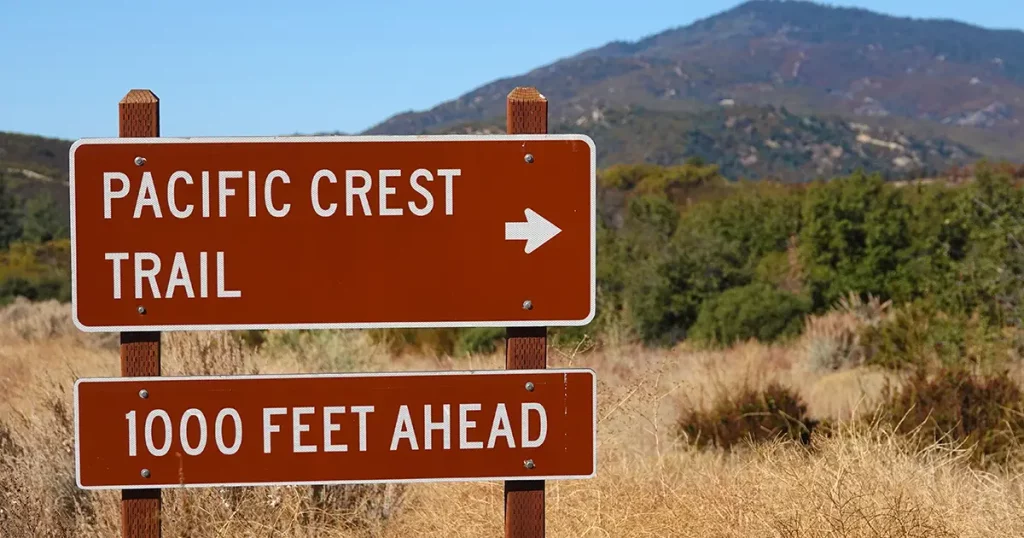
There are a few routes you can take.
Northbound
Most hikers (over 90%) decide to go Northbound. Beginning in late April/early May (depending on the snow levels in the Sierra Nevada and the California mountains), you have the choice between two main routes.
Southern California Northbound
Southern California Northbound has the advantage (or disadvantage) of being crowded. This means less room on the trail but also more opportunities to meet new people. The towns surrounding the trails may be busy, so if you do want to dip out and sleep in a town for the night, you might find it’s fully booked.
Washington State Northbound
Washington State Northbound is quieter, but some dangers. Hikers have died in the first snows of the season. There’s also the threat of avalanches. You need to plan this well, always keeping an eye on weather reports, and you should be off the trail by October to avoid the worst of the danger.
Southbound
Again, the most important thing here is to avoid the snowfall, especially in Sierra – you need to be done with the trail by October.
Washington State Southbound
You can’t enter the US from Canada via the PCT (it’s illegal), so you’ll have to start your hike from Harts Pass. This starting point is often blocked by snow, which may cause a logistical problem. Plus, snow on the ground can linger for a long time, which will make the slopes dangerous and slippery. We’d only recommend tackling this route if you are an experienced hiker.
Southern California Southbound
This is a little easier than Washington State Southbound. You can hike across Southern California in the fall. The main obstacle will be the lack of natural water sources, but you should be able to cope by dipping into nearby towns and carrying more water with you.
Flip Flop
Flip-flopping involves completing sections of the trail instead of the whole thing at once. You can return to snowy areas when the weather is better.
How Much Does It Cost to Hike the Pacific Crest Trail?
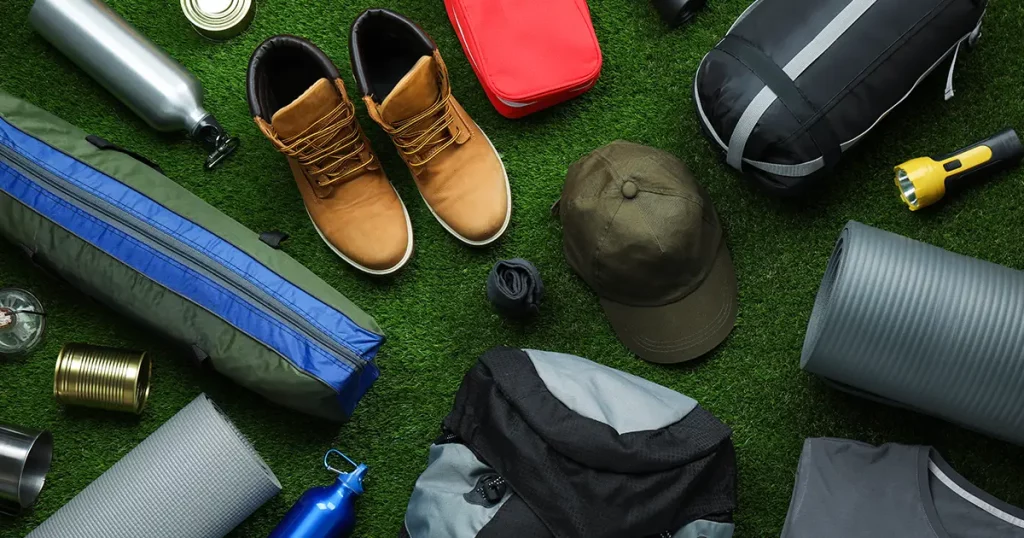
Hiking the PCT can cost you anything from $4,000-$8,000.
This depends on a few factors. First is the gear you choose: hiking gear can get pricey, but there are budget-friendly options out there that may save you some cash. Secondly, it depends on how much you want to dip into local towns. When you’ve been sleeping in a tent for weeks on end, you may want to sleep in a soft, warm bed for the night.
When budgeting for the PCT, you’ll need to factor in a few things:
- Gear
- ‘Town Money’ (for staying in motels, eating out, etc.)
- ‘Trail Money’ (for food and other supplies you might use up)
- Emergency fund (if anything goes wrong, it’s a relief to know you have some cash saved up)
- Travel costs
- Hiking permits
Many people give up work to hike the PCT. You may need time to get back to normal and find another job when you get home, so that will need to be factored in, too.
Different areas of the trail will require permits. You can find the full breakdown on the PCT website.
Preparing to Hike the PCT
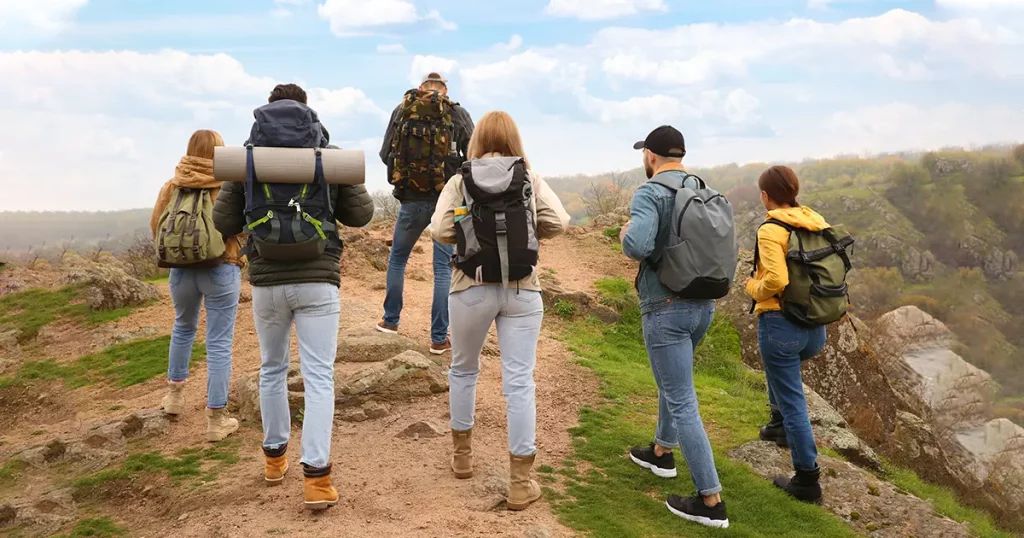
There are a few things you’ll need to do to prepare.
Find the PCT Community
One of the best things you can do is to find the PCT community online. You can look for PCT vlogs on YouTube or look for forums for discussing the trail. This will give you a much more in-depth idea of what to expect, and you’ll be able to connect with people who have hiked the trail already.
Research, Research, Research!
This leads us to research. Knowledge is power, especially when you’re hiking. You’ll need to find out:
- Which route you will take, and when you will need to leave
- How you will navigate bad weather conditions, including snow
- How to stay safe on the trail (more on this a little later)
- Where the nearby towns are
- How to contact emergency services if needed
- Where you will sleep
- What you will eat
- The gear you’ll need to bring
- How much money you’ll need to complete the trail
- What you’ll do if sections of the trail are blocked/if something goes wrong
Fitness Levels
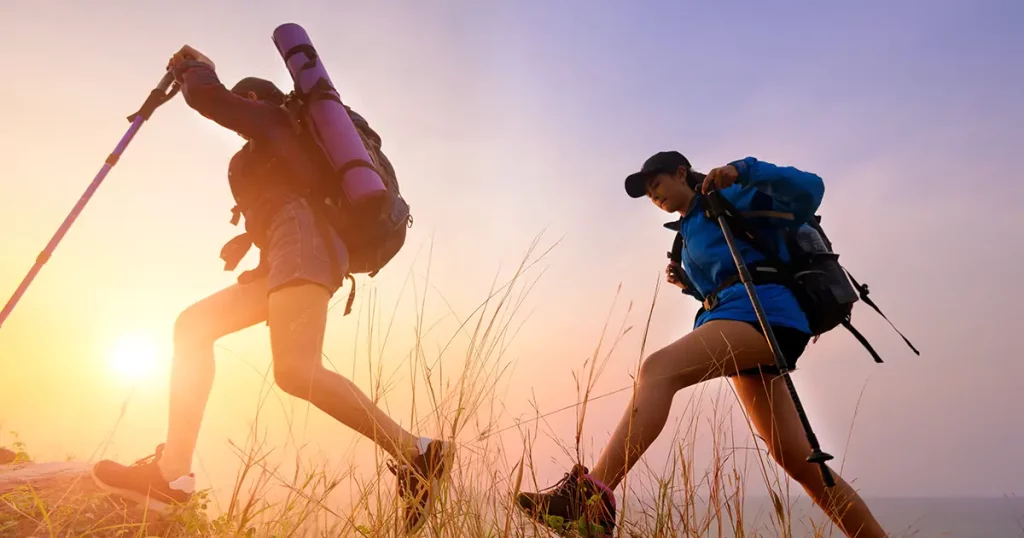
The Pacific Crest Trail is long. You may not be tackling the harshest terrain, but you will be hiking for months, every single day. The main thing to do is to build up your stamina. You can do this by starting with shorter hikes and then increasing your distance over time.
You can do specific exercises to increase the strength in your legs (a key consideration if you plan to hike a longer trail): find out more in our guide: Which Exercise Gives Explosive Power for Hiking Uphill?
Mental Preparation
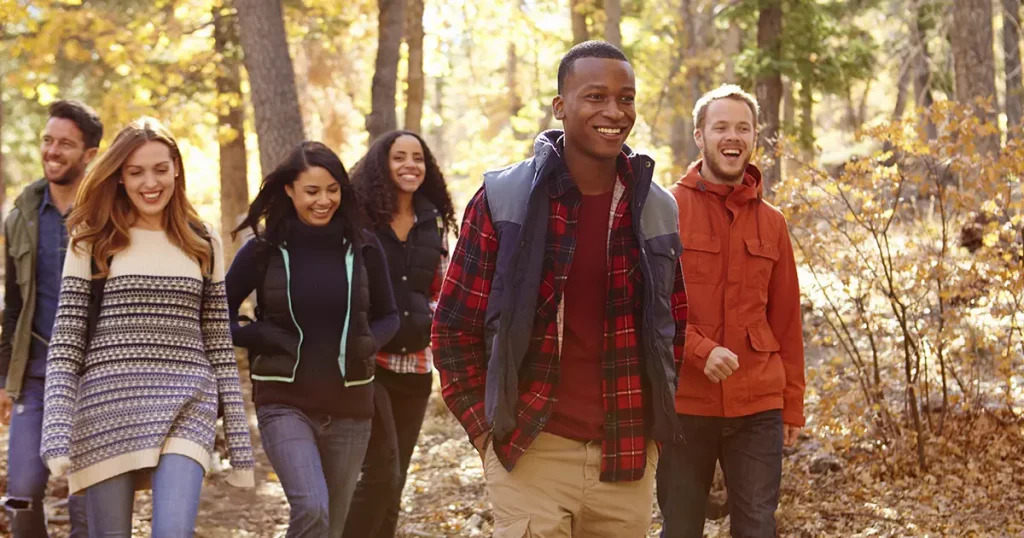
Part of the battle will be keeping your spirits up. There will almost certainly be days when you don’t want to keep going. You might feel lonely, isolated, or exhausted. You might long for a warm bed and a routine. There’s nothing wrong with dropping out if you need or want to, of course. Still, it’s good to be prepared for the emotional challenges that may come your way.
You can talk to others who have hiked the PCT for their perspective on this.
Accommodation
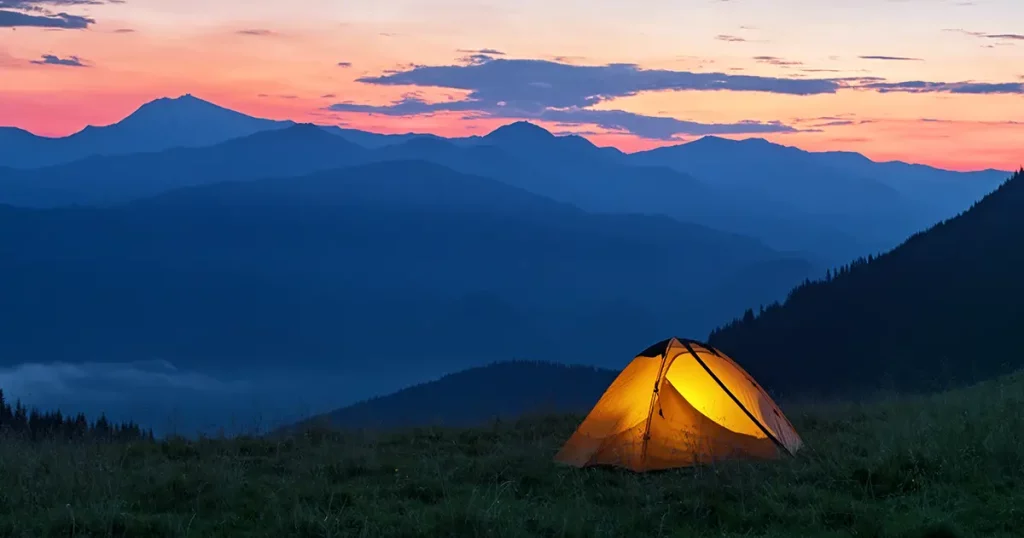
Where will you sleep? Most people will stay in backpacking tents, which are small, lightweight, and easy to put together.
You can’t just camp anywhere you like on the trail. You’ll need to apply for a camping license beforehand, and you’ll need to camp on one of the campsites dotted along the trail. Find out where these are in advance, as this will help you to plan how much distance you need to cover in a day.
You can also visit local towns along the trail to sleep in a motel for the night. Spaces aren’t guaranteed, especially in the busy season.
Food and Water
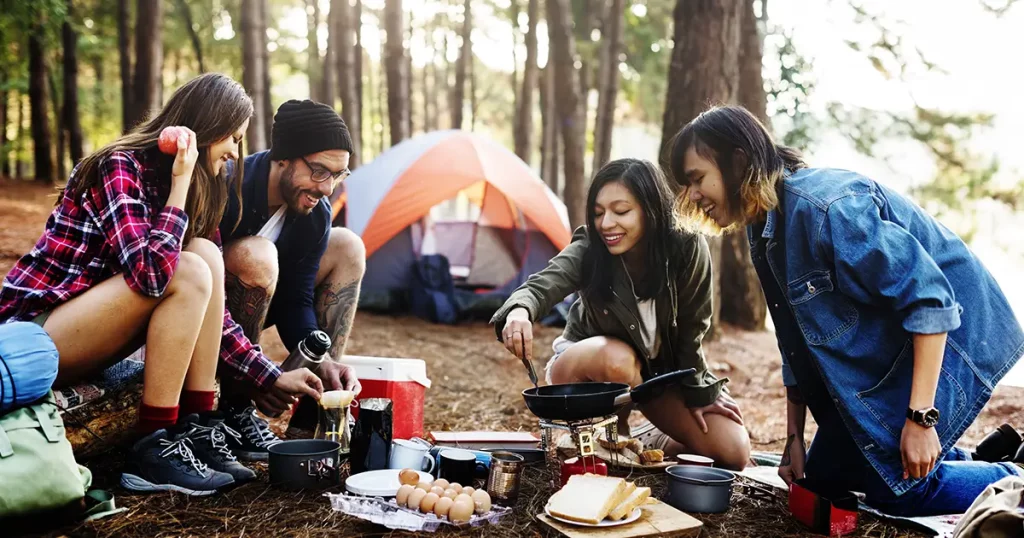
You’ll need to be able to prepare food. We’d recommend bringing along a small camping stove, which you can use to prepare simple meals: think pasta, rice, one-pot stews, and so on. Stock up on instant food, too. Meat and fish in foil packets and instant oatmeal will be lifesavers on the trail.
As for water, you’ll need to familiarize yourself with the nearest water resupply points. There are many on the trail, you just need to keep an eye out for them. You can also go into nearby towns to buy water.
Sanitation
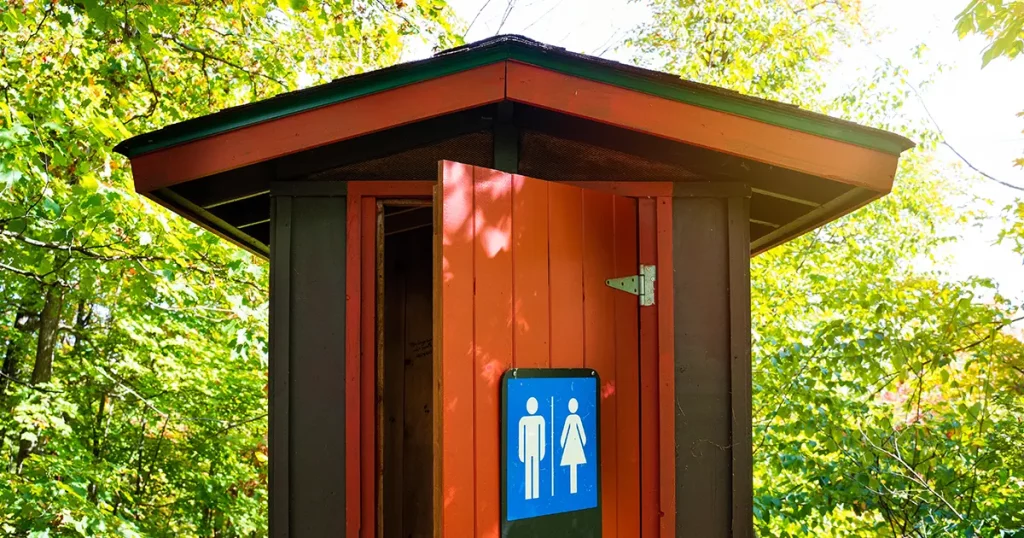
Lastly, you’ll need to think of sanitation. How exactly do you go to the bathroom in the woods? You’ll need a ‘poop kit’. This requires toilet paper in a ziplock bag, hand sanitizer, and a lightweight trowel.
Dig a hole in the ground (at least 200 feet from water, camp, and the trail), do your business, then bury it.
The PCT website recommends you take used toilet paper with you. This sounds gross, but you’ll get used to it, and it makes the trail nicer for other people (toilet paper does decompose, but it takes a long time). Just wrap the used TP in some fresh TP, and store it in a ziplock bag. You can dispose of it in a garbage can.
Safety Concerns
Staying safe on the trail will require a little research and planning.
Nature
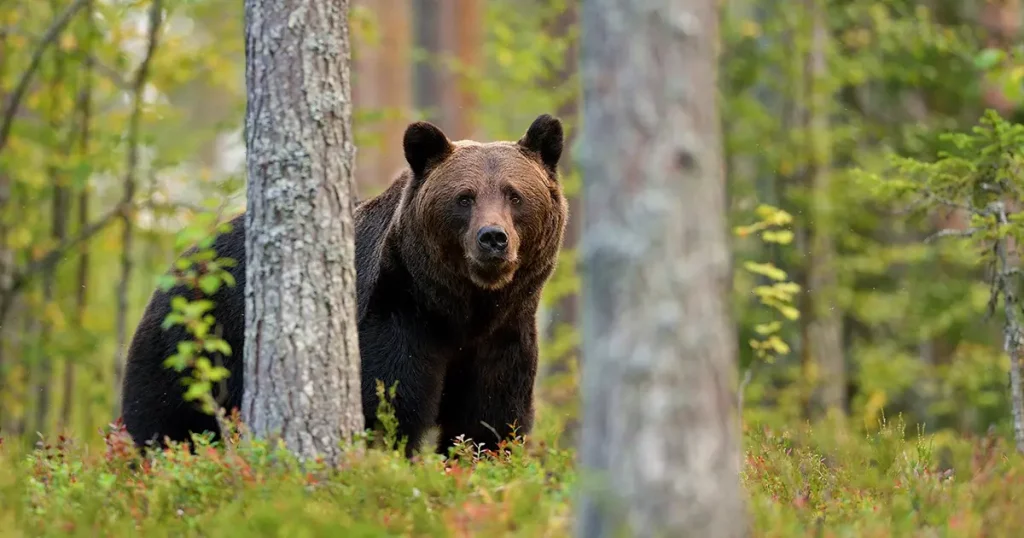
There’s a chance you’ll encounter some creatures on the trail! Insects, lizards, snakes, deer, cows, skunks, rodents, and bears live on the trail, so you’ll need to understand how to deal with each one.
The main worry for most hikers is bear safety. Bears are shy, but they do like the smell of food. Some areas of the trail require you to use bear canisters, which will lock away any scent from your food. You should also use unscented toiletries and only wash/freshen up away from your camp.
Store your food far away from your sleeping area, ideally downwind.
Insects are another consideration. Make sure you bring insect repellent with you to protect your skin.
Crime
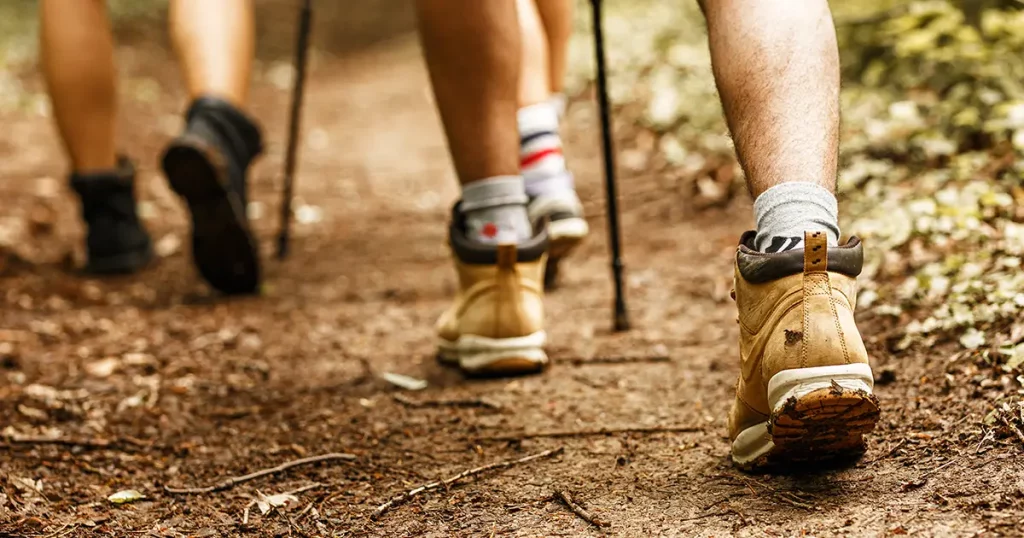
Unfortunately, crime exists everywhere, even somewhere as idyllic as the Pacific Crest Trail. You can follow the PCT website guidance, and they have a lot of tips for general safety on the trail.
In an emergency, always call 911. Have a backup plan in case you don’t have a cellphone signal: how will you defend yourself? Hiking in a group always increases safety, so that’s something to bear in mind.
First Aid
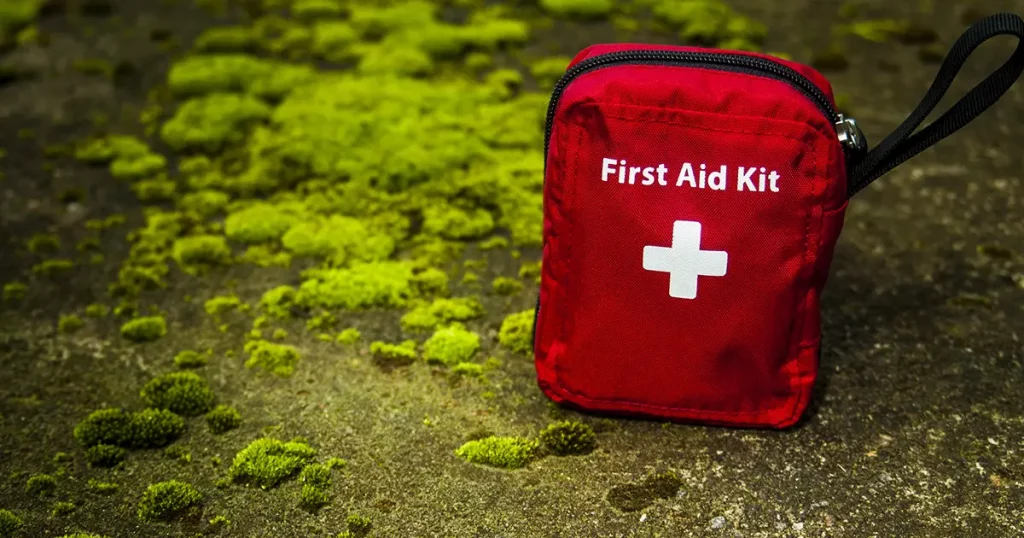
Before you go, take some time to learn how to treat minor wounds and injuries. Bring a small first-aid kit with you, and bring plenty of bandaids for blisters and scratches.
Weather
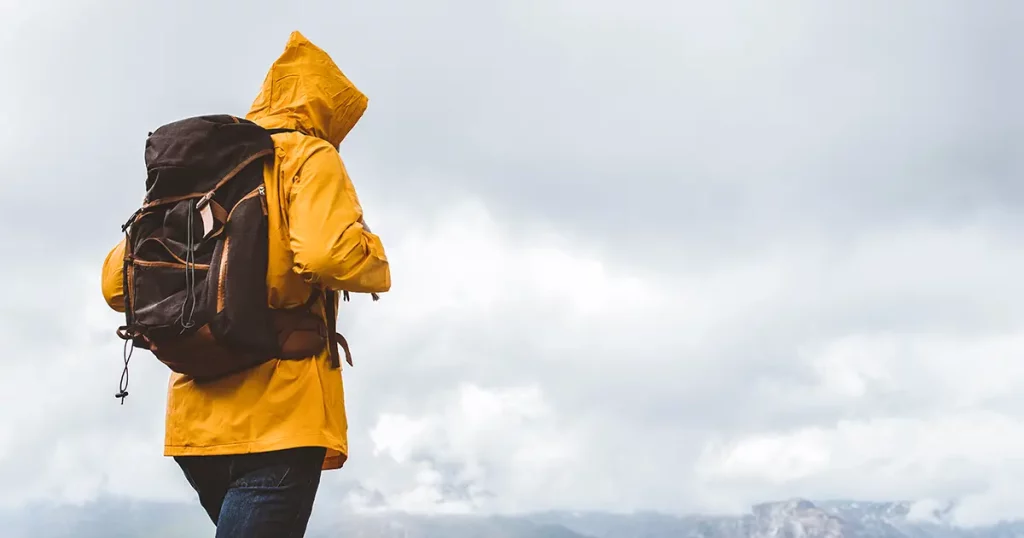
Weather is a key consideration. You’ll experience both sunny days and snow on the PCT, so you need to be prepared for both. Hiking in cold weather causes a risk of hypothermia, so it’s important to stay warm. You can do this by:
- Wear thick socks, a hat, and gloves to protect the vulnerable areas of your body
- Wear lots of thin layers, so you can add them or take them away if needed
- Use hand warmers to tuck into your gloves, into your sleeping bags, etc
- Stay hydrated, as this will enable your body to regulate your temperature
Of course, you need to think about sun protection too. Wear sunscreen at all times, and take regular breaks on hot days.
Snow can be very dangerous on the PCT. Keep an eye on the weather reports and always follow the guidance. If it’s recommended you leave, you need to follow this advice.
What Gear Will I Need?
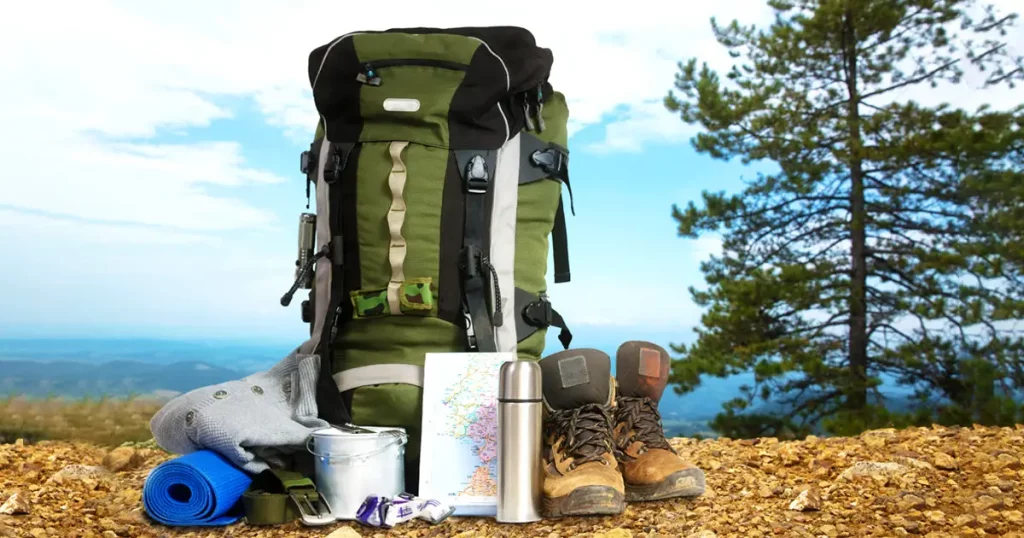
You’ll need the following:
- A camping tent. We’d recommend a pop-up tent or an instant tent for the easiest setup
- A sleeping pad or air mattress
- A sleeping bag
- A decent hiking backpack
- Some hiking shoes or hiking boots
- A stove and cooking equipment
You’ll also need:
- Food, snacks, and water (go for a large water bottle to stay hydrated)
- Toiletries (unscented to avoid tempting bears)
- Clothing
- Sunscreen
- Insect repellent
- A compass and a map
- Your cellphone and a portable charger
- Hand sanitizer
- Medication and a first aid kit
- Toilet paper
- Ziplock bags
- A small shovel (to create a ‘poop kit’)
Frequently Asked Questions
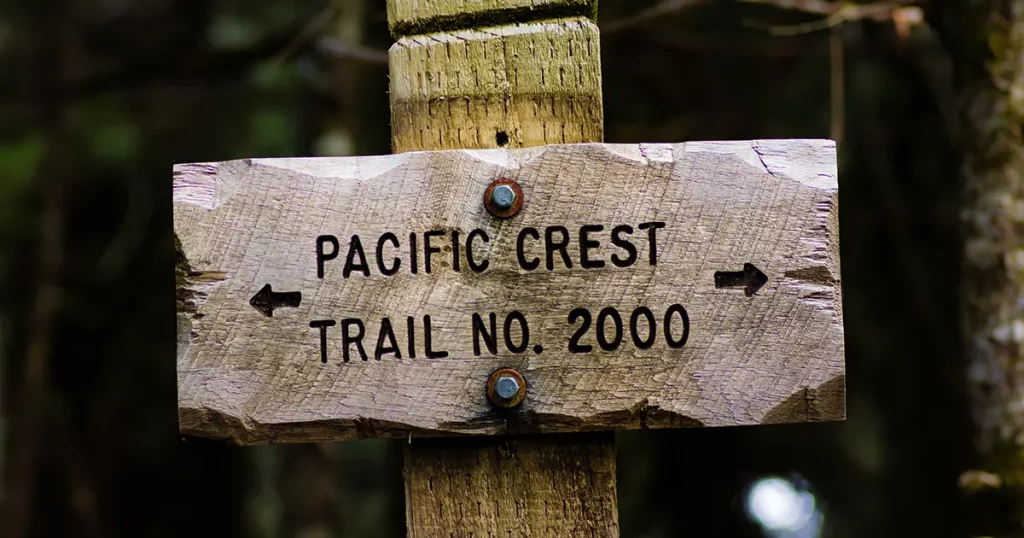
Here are a few commonly asked questions about hiking the PCT:
What’s the hardest section of the PCT?
The hardest section is Section K, a 127-mile stretch over some tough terrain. It’s beautiful, but it can be physically and emotionally challenging.
Is hiking the PCT dangerous?
It can be. There are the usual dangers of hiking long trails (bears, weather events, crime, getting lost), as well as the added danger of snow.
Is it easy to get lost on the PCT?
For the most part, it’s pretty easy to follow the trail. However, we all get distracted from time to time, and some parts are harder to navigate than others. It’s a good idea to learn how to navigate (even without a cellphone!) and how to read a map properly to figure out where you are.
What is the most beautiful part of the PCT?
There are a lot of contenders for the most beautiful part of the PCT! We’d have to say Mount Laguna is up there as one of the most gorgeous spots on the trail. Stargazing here (see our best stargazing tents guide) is an incredible experience.
To Sum Up …
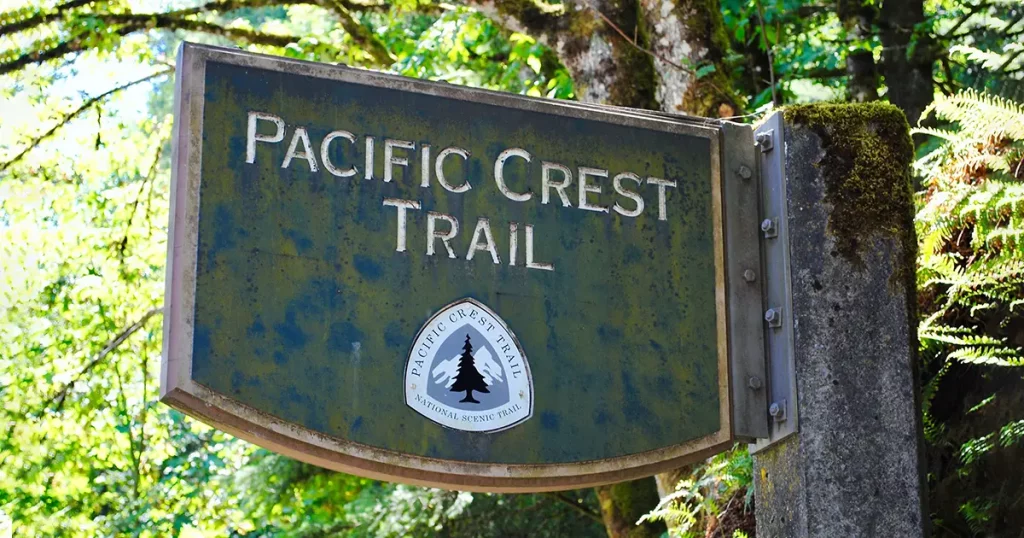
We hope this has helped you to figure out the basics of hiking the PCT. While it’s a long trail, taking around 6 months to complete, it’s an incredible journey that can be life-changing for many people.
